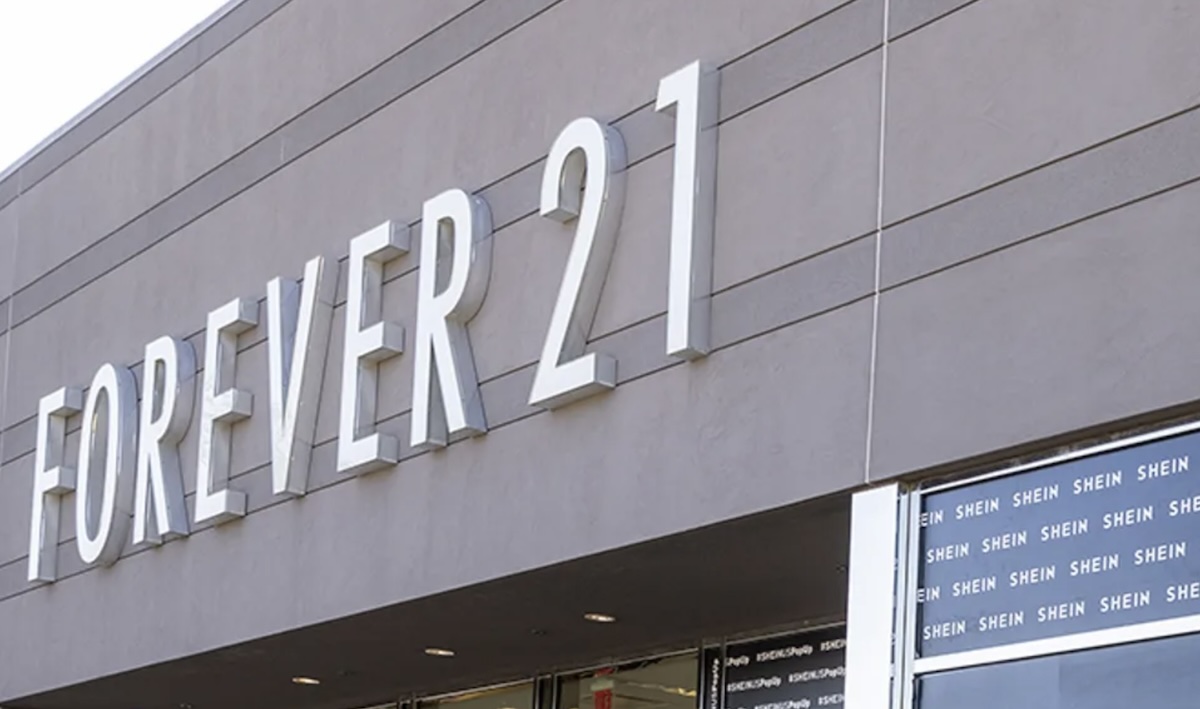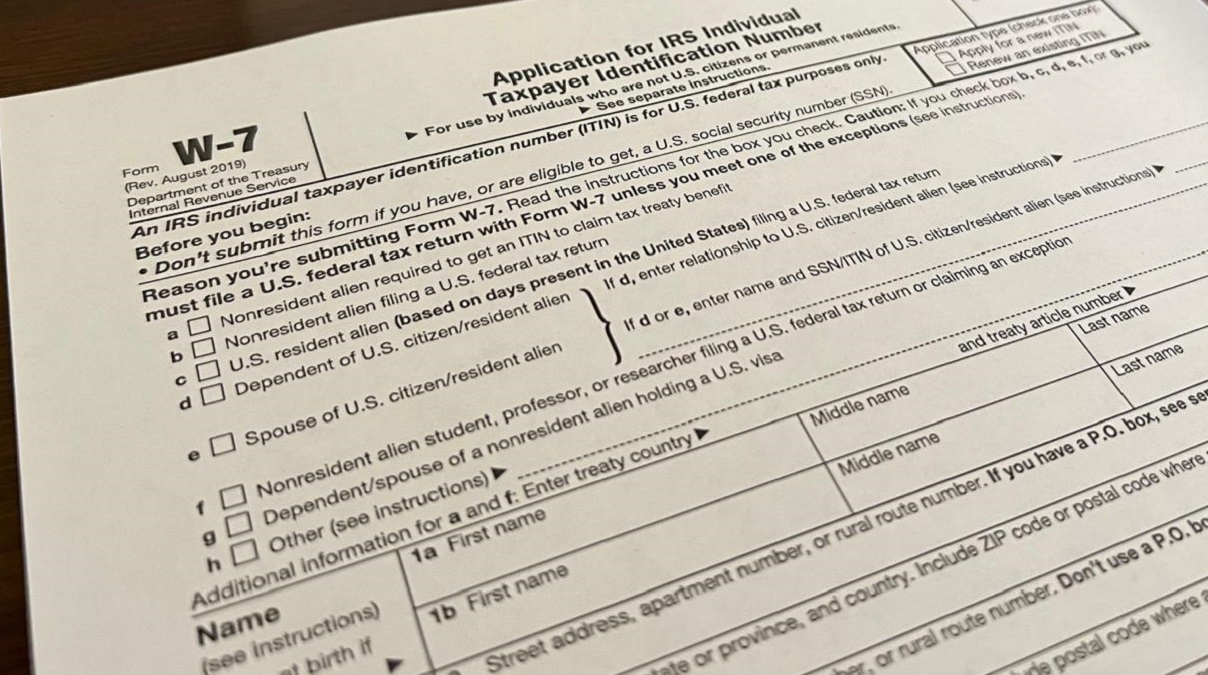A Closer Look at the Retailer’s Struggles and Future
Forever 21, the once-popular fashion retailer known for its affordable and trendy apparel, has filed for Chapter 11 bankruptcy for the second time in just six years. The filing, which took place on Sunday, marks a significant turning point for the company that once catered to teens and young adults with stylish, budget-friendly clothing. In this article, we will explore the reasons behind Forever 21’s recent financial struggles, its history with bankruptcy, and what the future holds for the iconic brand.
Forever 21’s Bankruptcy: A History of Struggles
Forever 21 was founded in Los Angeles in 1984 by South Korean immigrants Do Won Chang and Jin Sook Chang. The company rapidly expanded into a global retail powerhouse, reaching over 800 stores worldwide by 2016, with a significant portion of those in the United States. However, the fast fashion giant has faced numerous challenges in recent years that have led to its second Chapter 11 filing.
The first bankruptcy filing occurred in September 2019, when Forever 21 was forced to close more than 150 of its U.S. locations. This move was part of an effort to streamline operations and reduce the company’s mounting debt. Despite these efforts, the retailer has continued to struggle, primarily due to changing consumer trends, increased competition from online retailers, and declining mall traffic.
The Impact of Declining Mall Traffic and E-Commerce Competition
Forever 21’s U.S. operating company, F21 OpCo, revealed in its bankruptcy filing that the retailer has been unable to secure a buyer for its remaining 350 U.S. stores. Most of these locations are situated inside shopping malls, which have experienced a sharp decline in foot traffic over the past few years. This decrease in mall visits has had a devastating effect on brick-and-mortar retailers, with Forever 21 being no exception.
Adding to the retailer’s woes is the rise of e-commerce giants like Amazon, Shein, and Temu, which have gained significant market share by offering lower prices and a wider variety of products. These online competitors benefit from the U.S. de minimis exemption, which allows them to import goods worth less than $800 without facing standard customs duties and tariffs. This gives them an edge in pricing and margin, making it even more difficult for Forever 21 to compete.
Brad Sell, F21 OpCo’s chief financial officer, expressed concern over the increased competition in a statement to Reuters. He explained that foreign fast-fashion companies have been able to undercut Forever 21’s prices, further exacerbating the challenges the company faces. Rising costs and changing economic conditions, including the impact of inflation on Forever 21’s core customer base, have only added to the retailer’s financial troubles.
The Path Forward: What’s Next for Forever 21?
As part of its Chapter 11 proceedings, Forever 21 plans to conduct liquidation sales at some of its stores. Additionally, the company will go through a court-supervised sale process to explore the possibility of selling off some or all of its assets. While this may sound like a sign of the company’s impending closure, Forever 21’s story is not over yet.
Forever 21’s international stores remain unaffected by the bankruptcy filing, and its U.S. website will continue operating, serving customers both domestically and abroad. The retailer’s intellectual property, including its trademark, is owned by Authentic Brands Group, a brand management company. Authentic Brands has indicated that it plans to maintain control over the Forever 21 brand, potentially allowing it to live on in a different form in the future. In fact, CEO Jamie Salter admitted in 2020 that acquiring Forever 21 was one of the biggest mistakes the company made, but he may now be looking at ways to revive the brand under new ownership or a restructured business model.
Financial Details and Future Prospects
Forever 21’s bankruptcy filing reveals a stark financial picture. According to documents obtained by Reuters, the retailer has estimated assets ranging from $100 million to $500 million but owes between $1 billion and $10 billion in liabilities. The filing also indicates that the company has between 10,001 and 25,000 creditors, further highlighting the magnitude of its financial challenges.
In the event of a successful sale or restructuring, Forever 21 could pivot away from a complete wind-down of operations. This would allow the company to potentially emerge as a more sustainable business, though the specifics of this process remain unclear. If Forever 21 is able to find a buyer or implement a turnaround strategy, it could preserve its legacy in some form and potentially return to profitability.
The Changing Face of Retail: What Can We Learn?
Forever 21’s decline highlights several key trends in the retail industry that are shaping the future of fashion and consumer behavior. The rise of online shopping, particularly through platforms like Shein and Amazon, has led to a dramatic shift in how consumers purchase clothing. Additionally, the growing reliance on e-commerce, coupled with the decline of traditional malls, has forced brick-and-mortar retailers to rethink their strategies.
For retailers like Forever 21, adapting to these changes is crucial for survival. The rise of digital-first brands and direct-to-consumer models presents both challenges and opportunities. Those that fail to innovate and embrace these new trends may find themselves struggling to compete in an increasingly competitive market.
Can Forever 21 Bounce Back?
While Forever 21’s second bankruptcy filing raises questions about the future of the brand, it’s not the end of the story. The company’s iconic status and global reach, combined with the potential for restructuring and new ownership, could provide a pathway for recovery. However, Forever 21’s experience serves as a cautionary tale for other retailers, emphasizing the importance of adapting to changing market conditions and the rise of e-commerce.
As we await further developments in the Chapter 11 proceedings, the future of Forever 21 remains uncertain. The brand could either pivot to a more sustainable business model or face a full-scale closure. Whatever happens, Forever 21’s story will likely be remembered as a symbol of the challenges and opportunities facing traditional retailers in the modern retail landscape.




